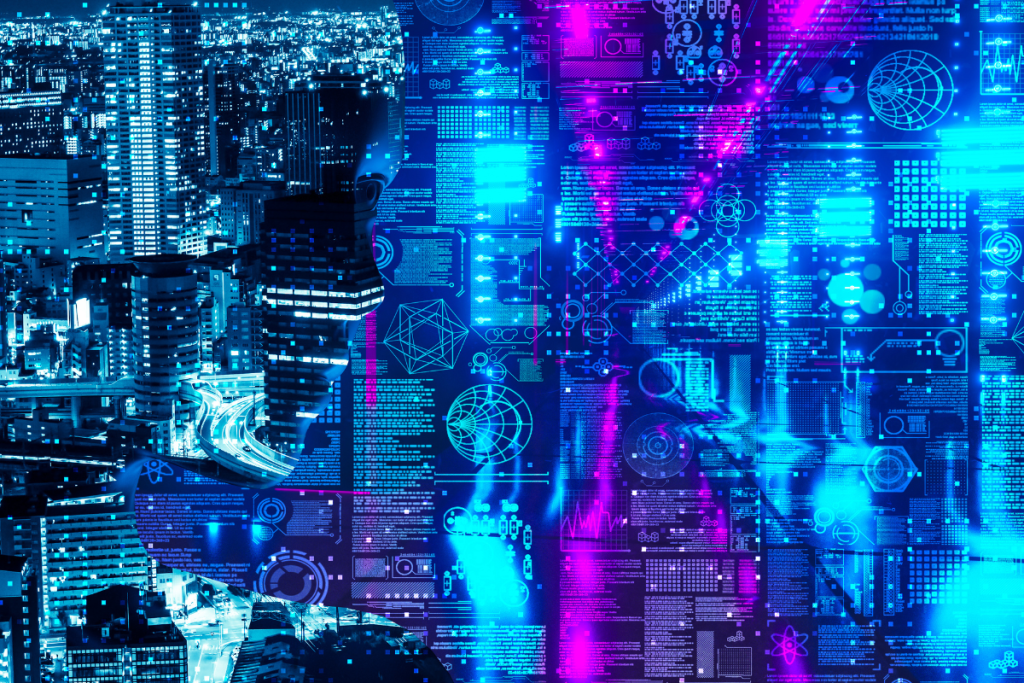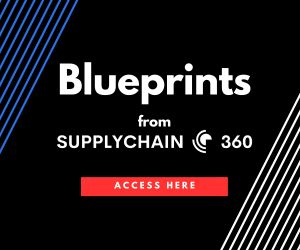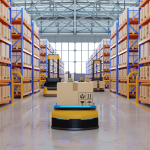AI can accelerate decisions and boost efficiency, but when there’s no “off” button, even small missteps can cascade into systemic failures. As supply chain automation deepens, leaders must ensure human intervention remains a real and reliable option.
This is the fourth in a five-part series examining the critical consequences of AI adoption in global supply chains. Each part explores a distinct challenge, grounded in real-world cases, structural blind spots, and actionable insights for companies navigating the shifting relationship between machine-driven optimization and enterprise resilience.
When Automation Can’t Be Paused
One of AI’s greatest promises is relentless optimization: systems that operate around the clock, beyond human capacity. But in volatile environments, this same attribute becomes a vulnerability when there’s no reliable way to intervene or halt automated processes.
During the 2021 Texas power crisis, for instance, automated demand forecasting models in the energy sector continued to dispatch power as if conditions were normal, leading to widespread imbalances and operational strain. The absence of a practical override mechanism forced operators to manually reassert control, highlighting how the lack of a clear “kill-switch” can turn efficiency into risk during exceptional events.
The Escalation of Minor Errors
Even minor miscalculations can balloon when there’s no interruption point. In supply chain operations, automated replenishment systems can amplify small data glitches into costly misalignments. A single misreading of demand or lead-time can trigger a cascade of overordering, congested warehouses, or stranded inventory, often before human oversight can catch up.
Retail giant Walmart has faced similar challenges in managing its vast distribution networks. Its AI-driven replenishment systems are tuned for precision, but during peak disruptions, like those seen in the early pandemic, these systems struggled to adapt quickly to shifting realities. The lack of immediate manual pause points forced Walmart to scramble for alternative workarounds to prevent stockouts and excesses simultaneously.
A Cultural Risk: Overconfidence in Autonomy
The technical gap is only part of the problem. Just as critical is the cultural assumption that AI systems always “know best.” When kill-switches are missing or hard to activate, teams may hesitate to intervene, assuming the machine must be right. This fosters a dangerous overconfidence in autonomous systems, reducing the instinct to question or override.
This goes beyond an IT concern. It’s a matter of governance and organizational culture – ensuring that automated systems are always subject to human review, particularly during disruption. No AI platform, no matter how advanced, can fully anticipate the complexity and volatility of real-world events.
Human Intervention as a Strategic Imperative
A kill-switch is more than an emergency tool, it’s a fundamental expression of operational humility. Even the most sophisticated AI systems are built on assumptions about what’s “normal,” but real-world supply chains are shaped by disruptions, not averages.
When a crisis hits, the ability to pause and reassert human judgment becomes essential to sustaining operational integrity. As companies continue to integrate AI, the presence of a reliable kill-switch is what separates thoughtful automation from brittle overconfidence.








